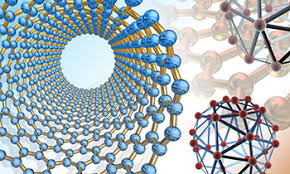Mechanical and Materials Engineering, Department of
Document Type
Article
Date of this Version
2012
Citation
BioResearch Volume 1, Number 5, October 2012
Abstract
Modulating physical cell culture environments via nanoscale substrate topographic modification has recently been of significant interest in regenerative medicine. Many studies have utilized a polymer-demixing technique to produce nanotextured films and showed that cellular adhesion, proliferation, and differentiation could be regulated by the shape and scale of the polymer-demixed nanotopographies. However, little attention has been paid to the topographic fidelity of the polymer-demixed films when exposed to cell culture conditions. In this brief article, two polymer-demixing systems were employed to assess topographic changes in polymer-demixed films after fibronectin (FN) extracellular matrix protein adsorption and after incubation in phosphate-buffered saline at 37◦C. We showed that FN adsorption induced very small variations ( < 2 nm) to the polystyrene/polybromostyrene (PS/PBrS)-demixed nanoisland textures, not substantially altering the nanotopographies given by the polymer demixing. In addition, poly(L-lactic acid)/PS (PLLA/PS)-demixed nanoisland topographies using PLLA with Mw = 50 x 103 did not show notable degradation up to day 24.
Included in
Mechanics of Materials Commons, Nanoscience and Nanotechnology Commons, Other Engineering Science and Materials Commons, Other Mechanical Engineering Commons



Comments
Copyright Mary Ann Liebert, Inc.
Open access
DOI: 10.1089/biores.2012.0255